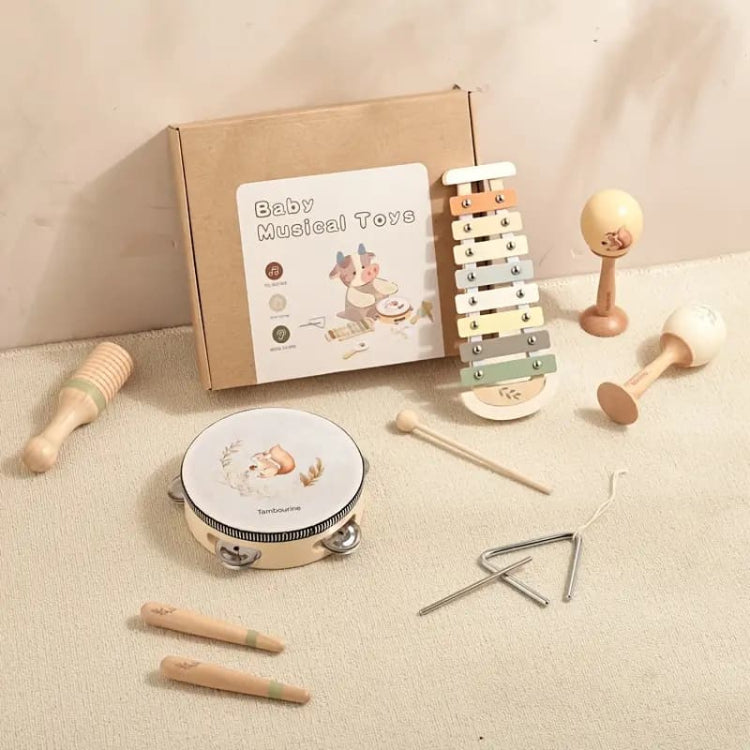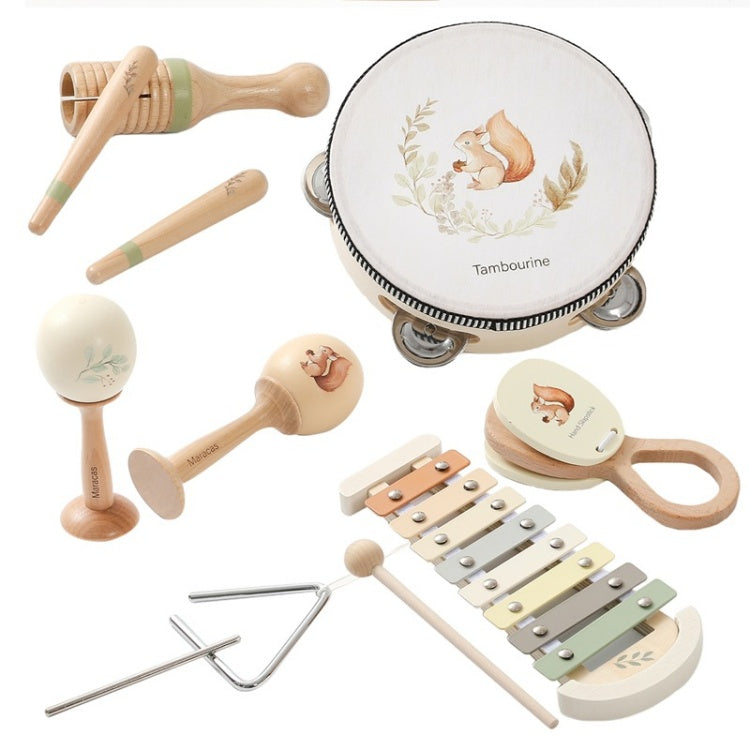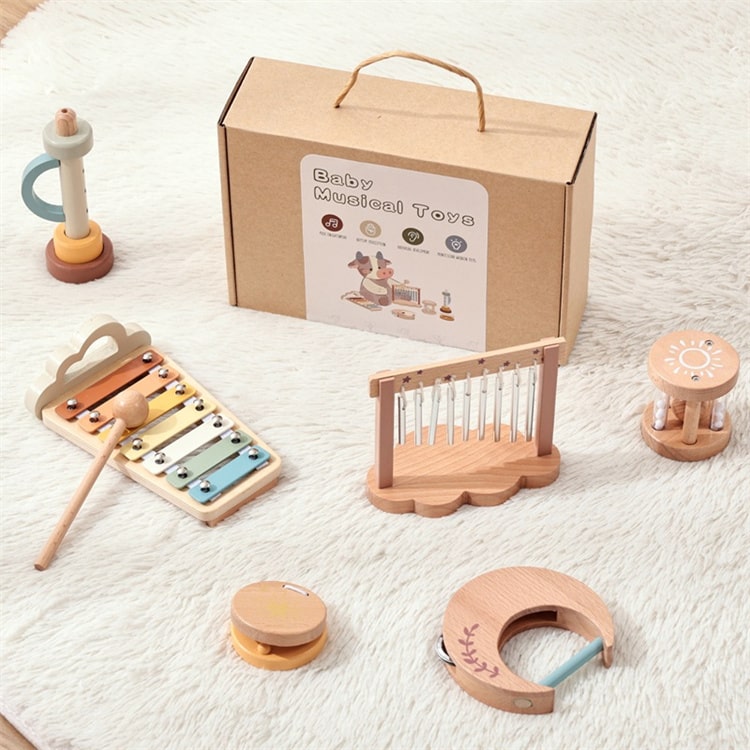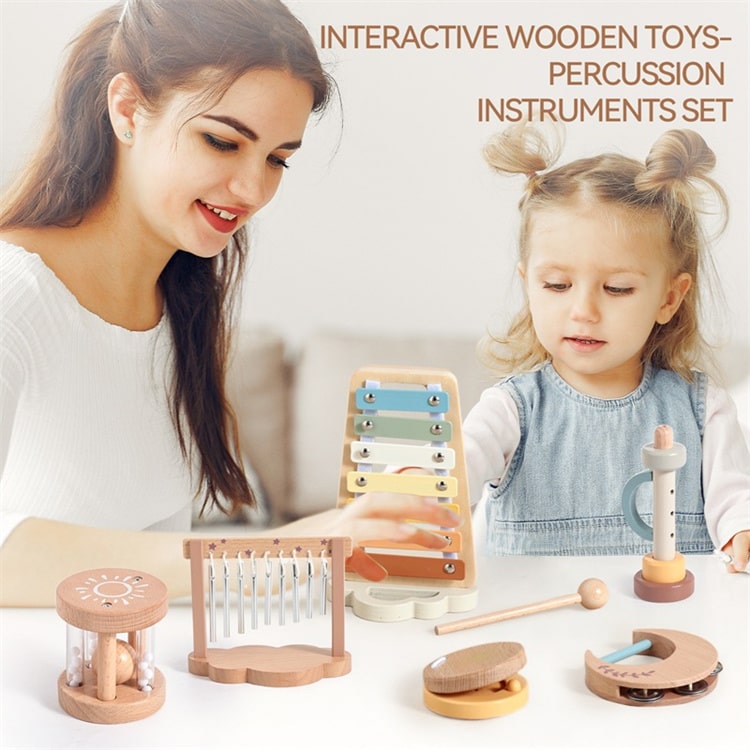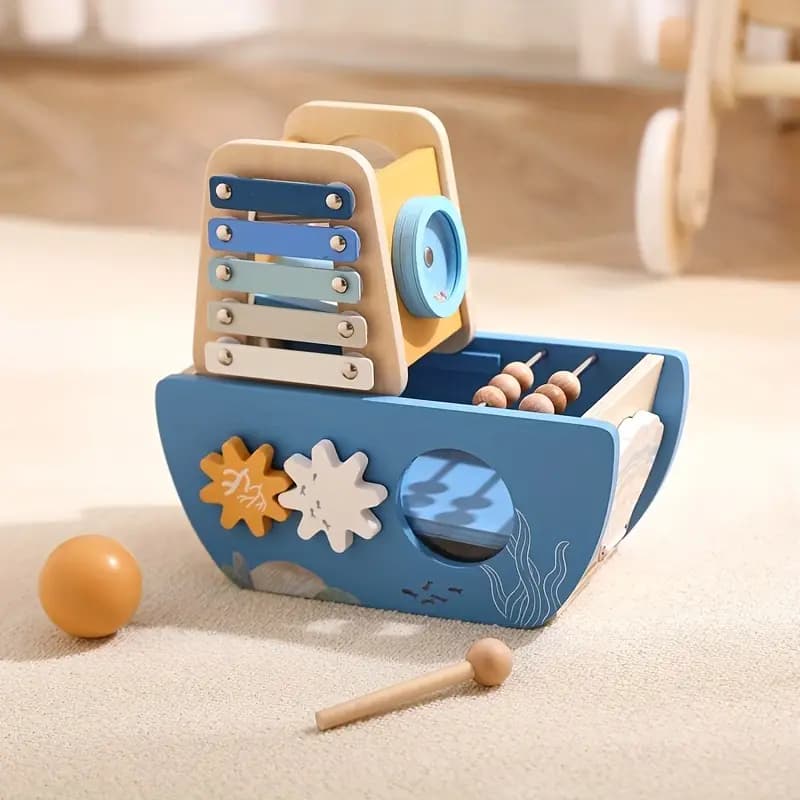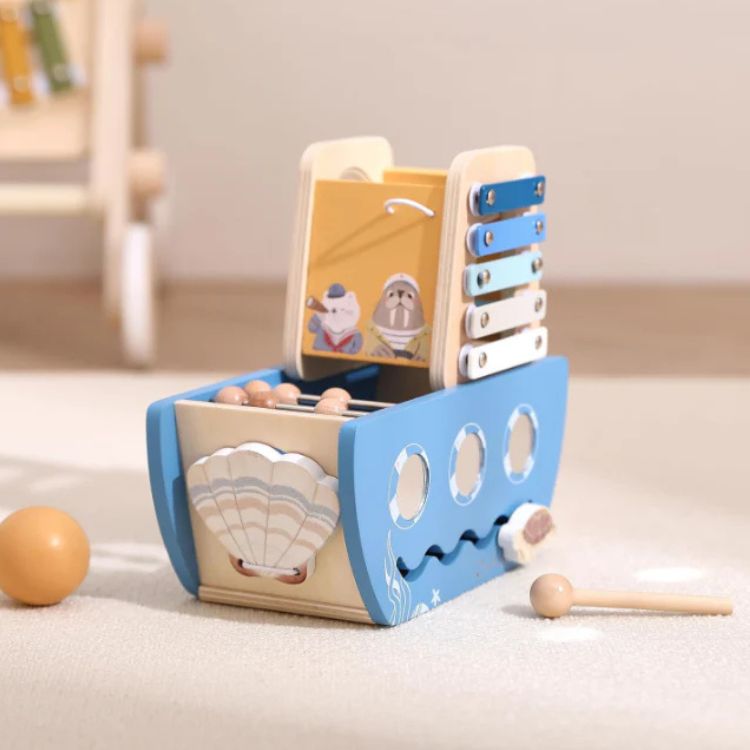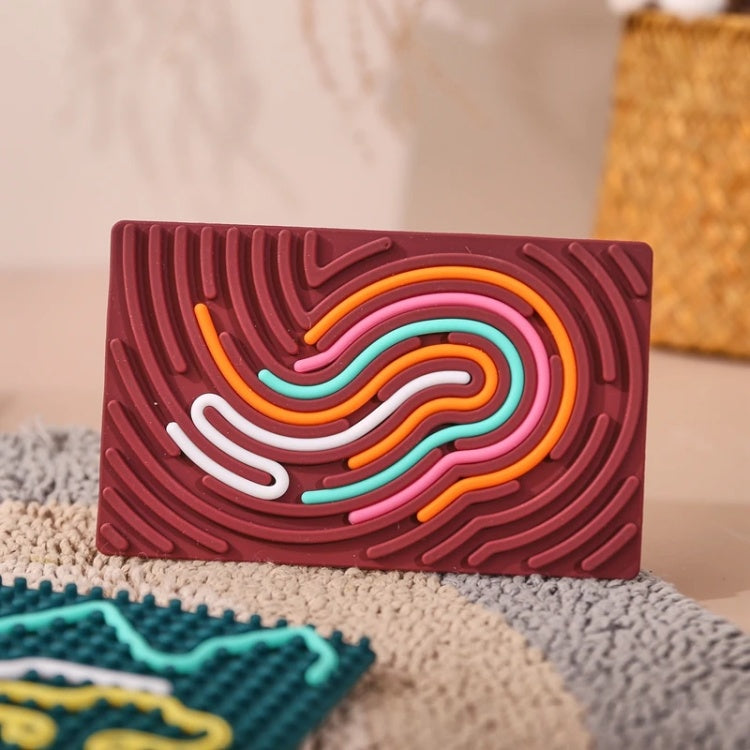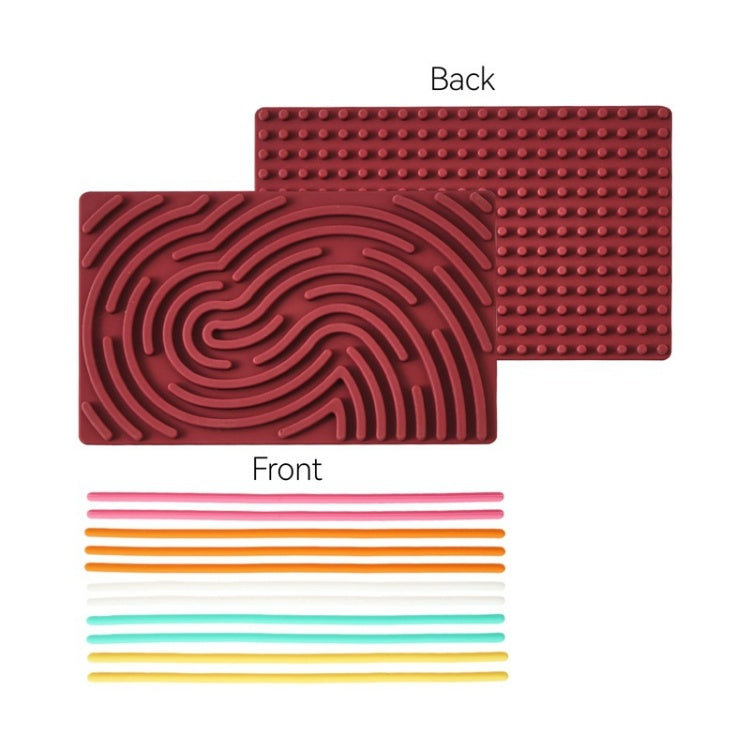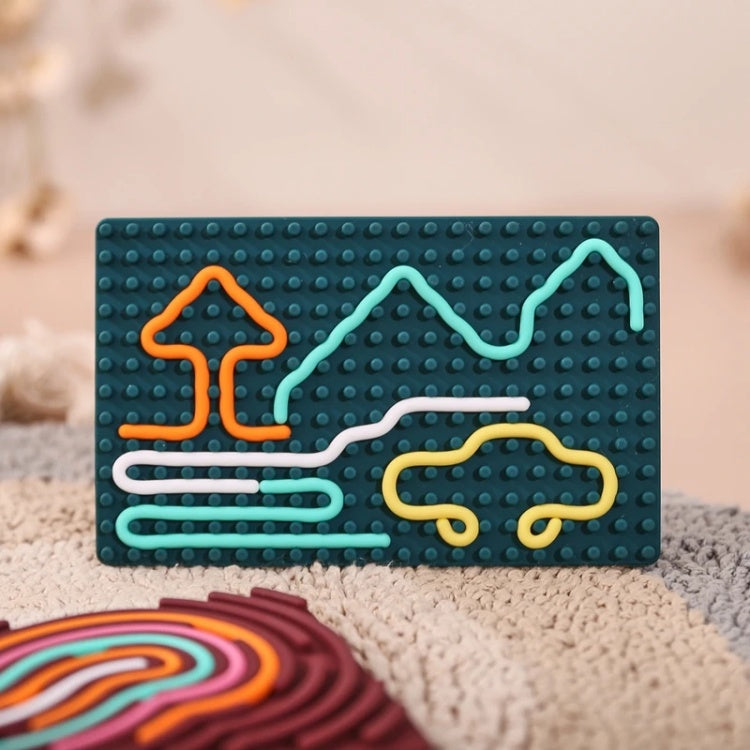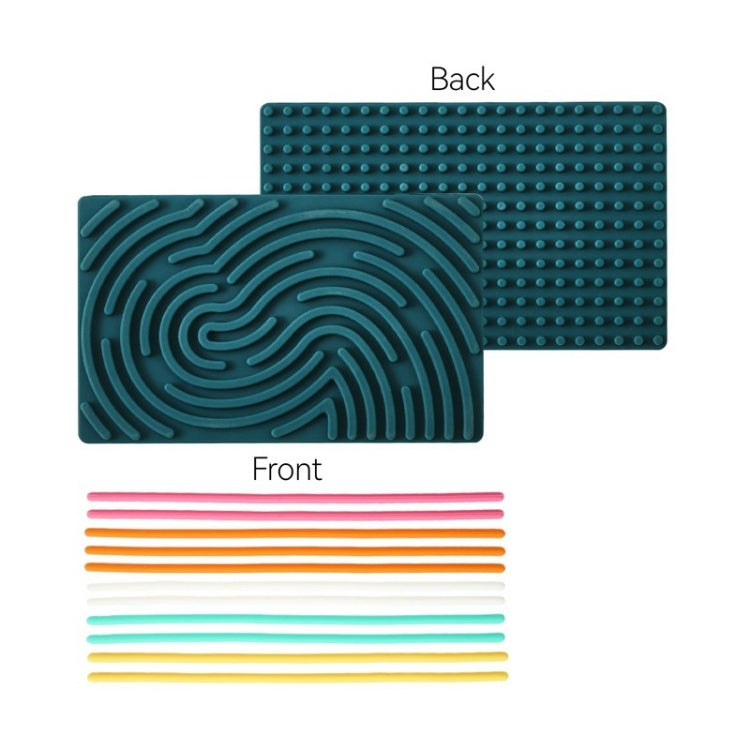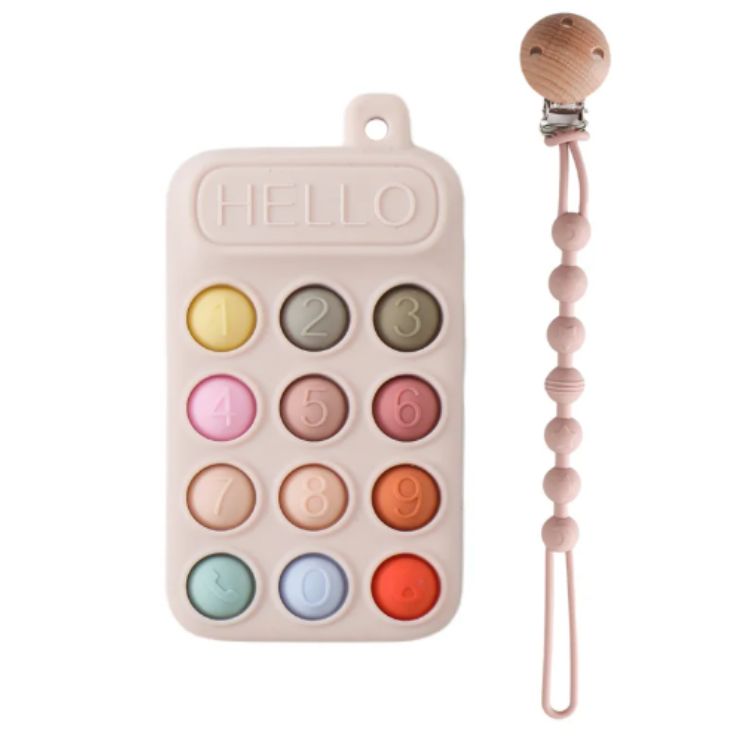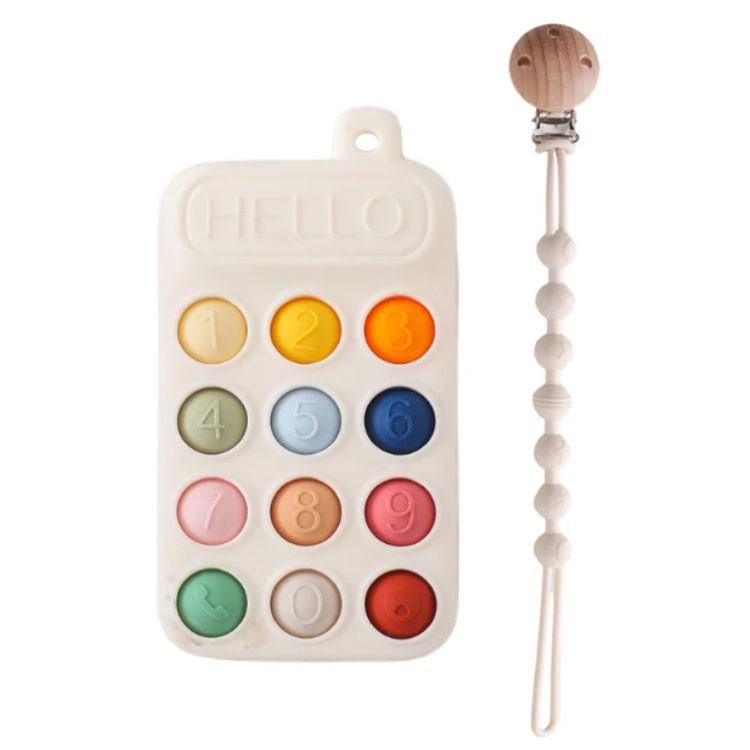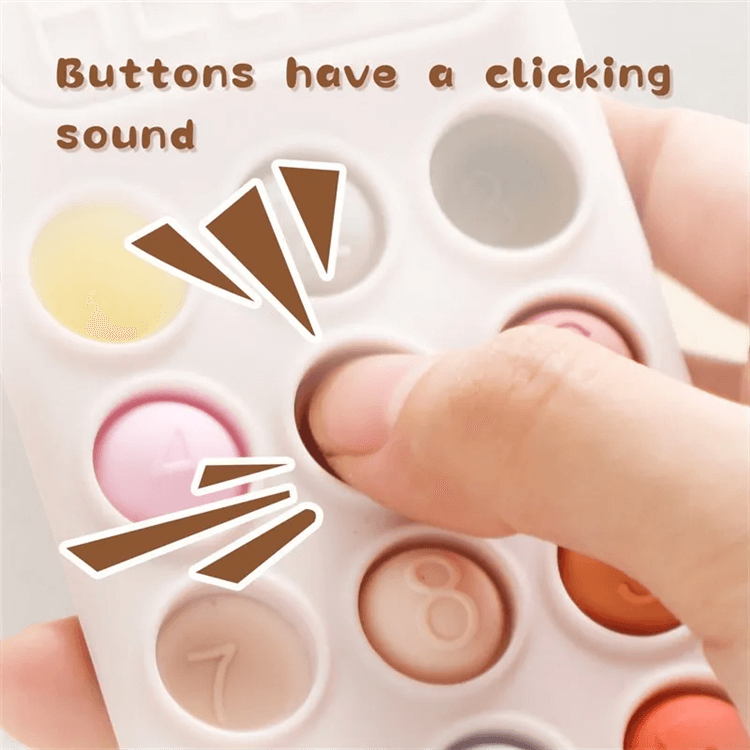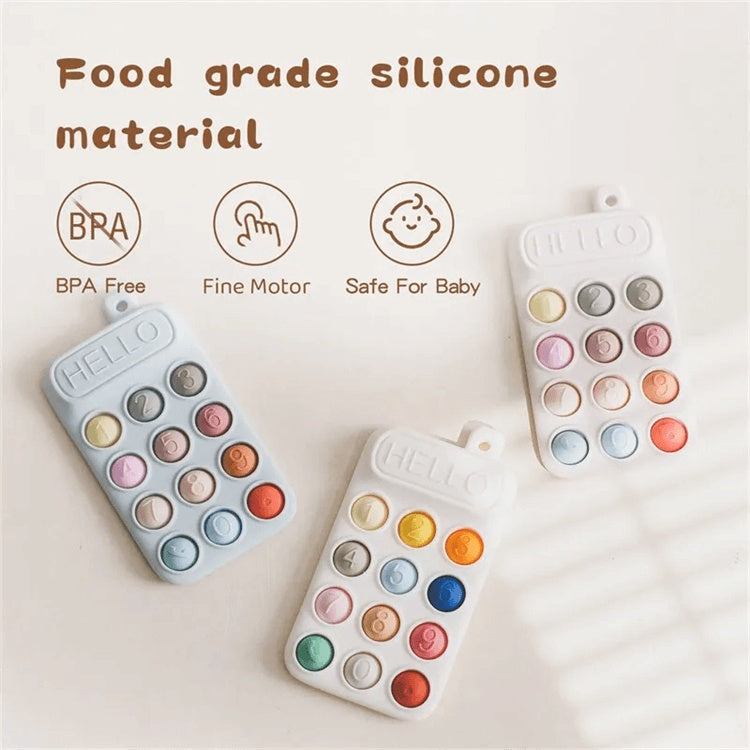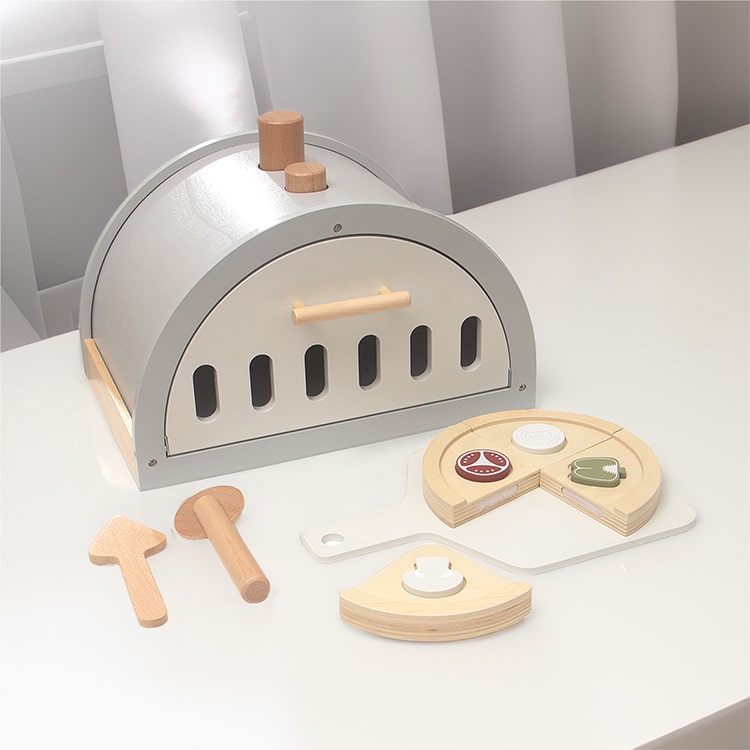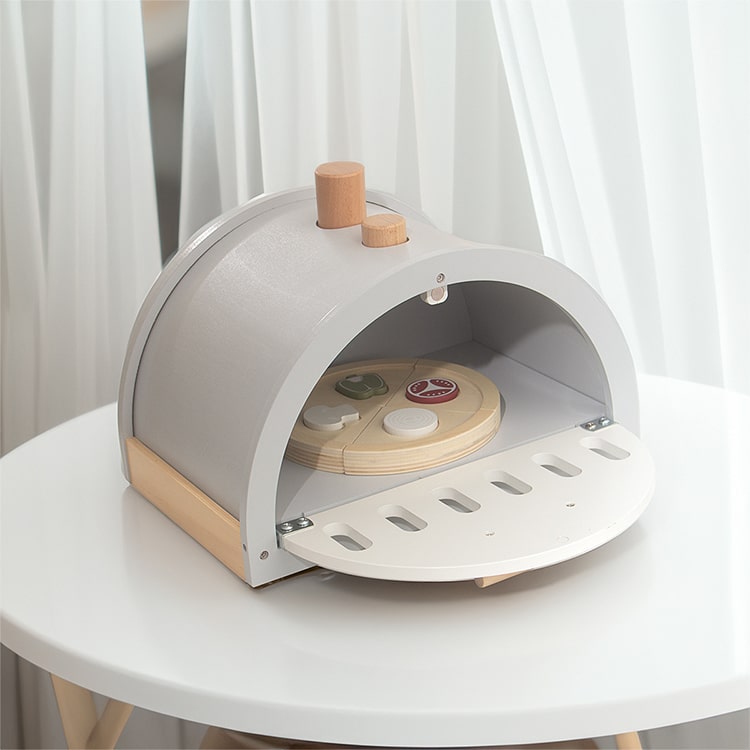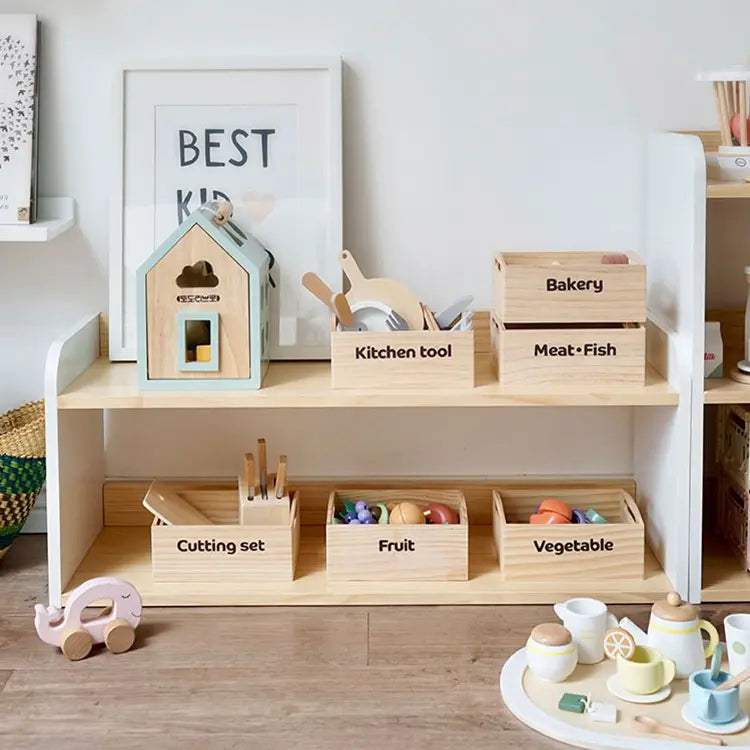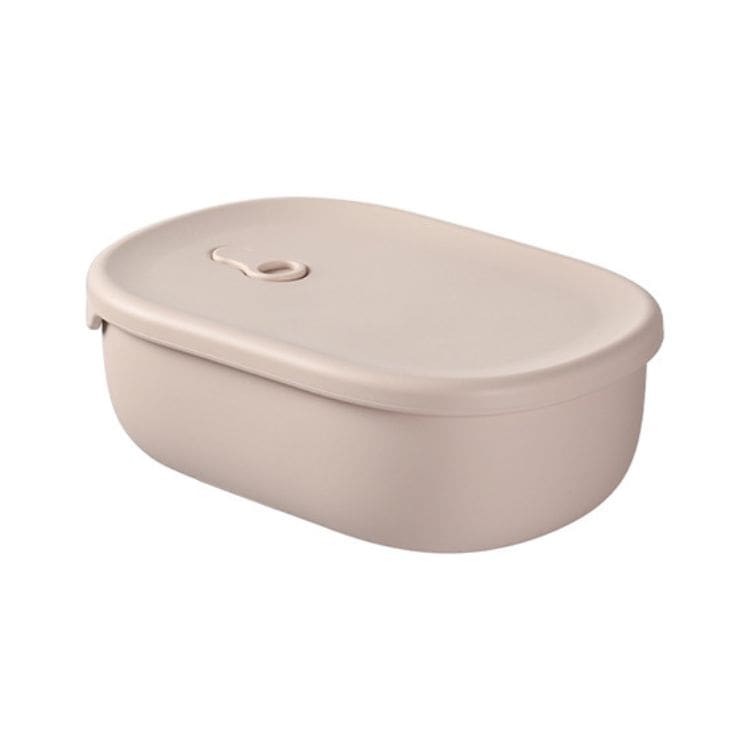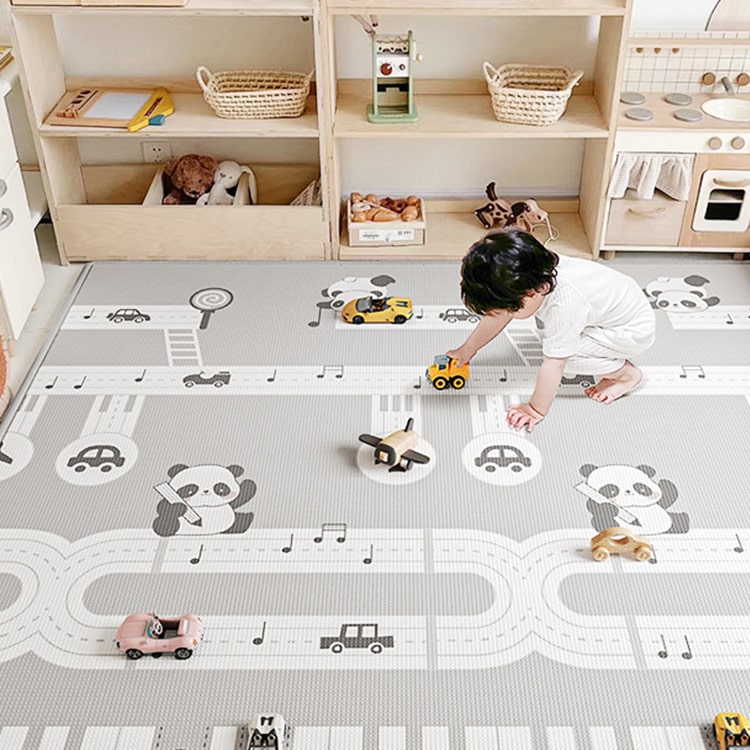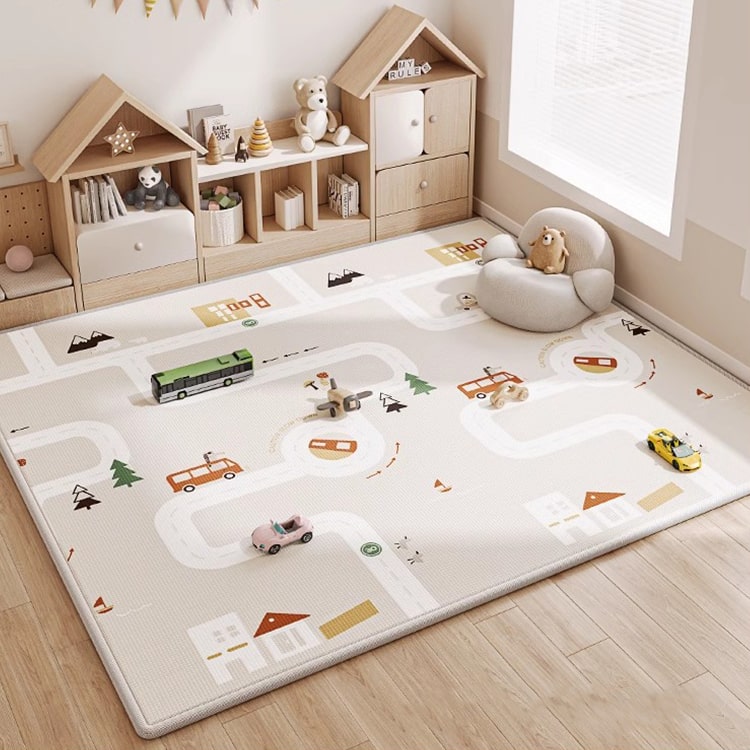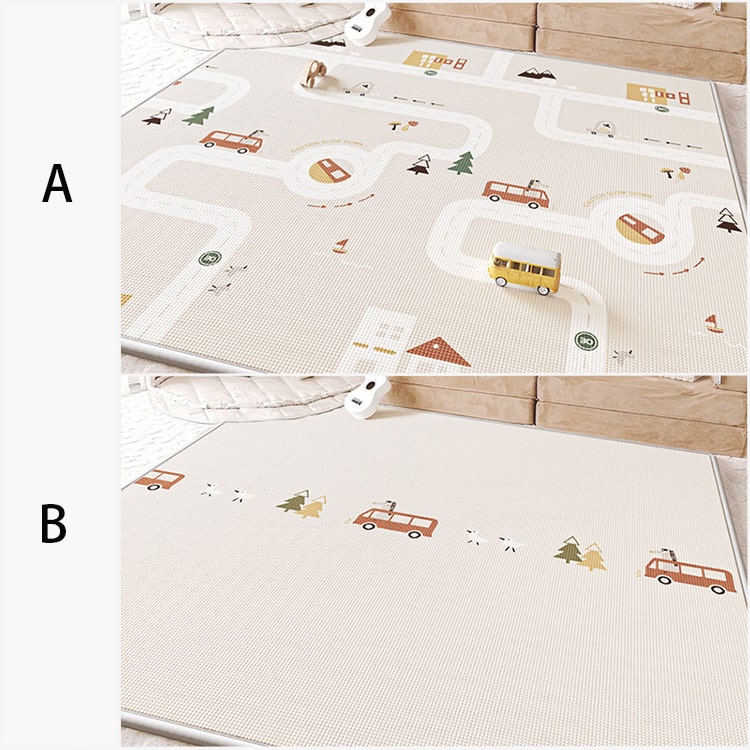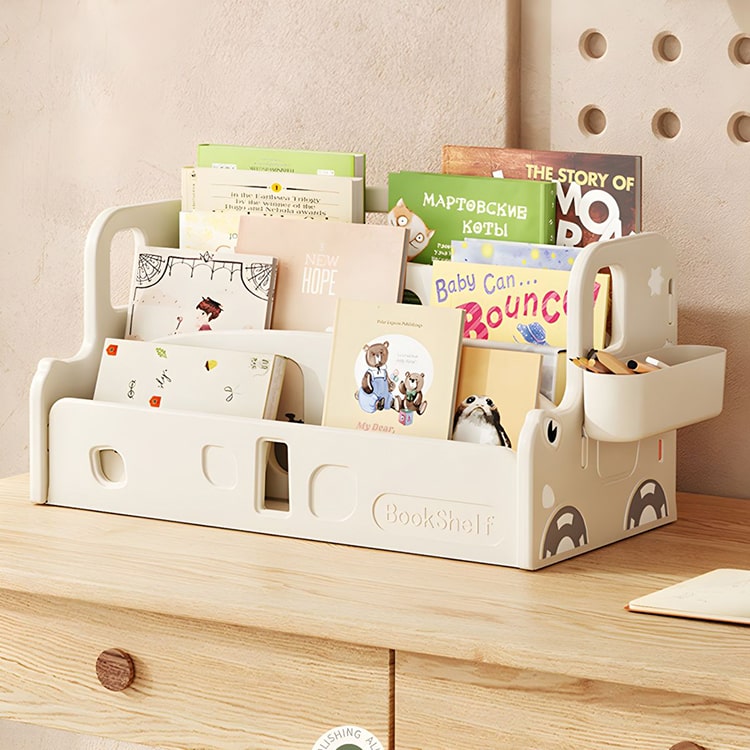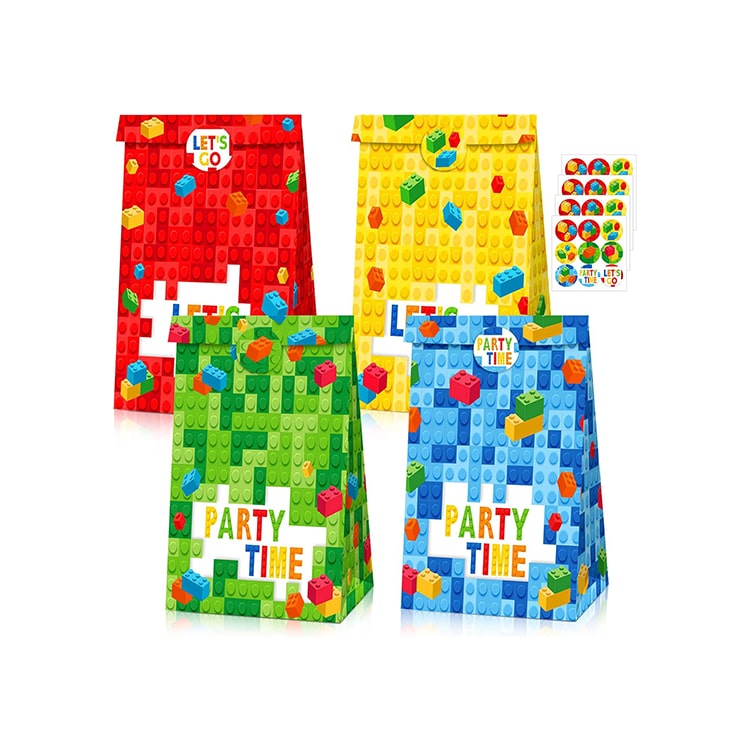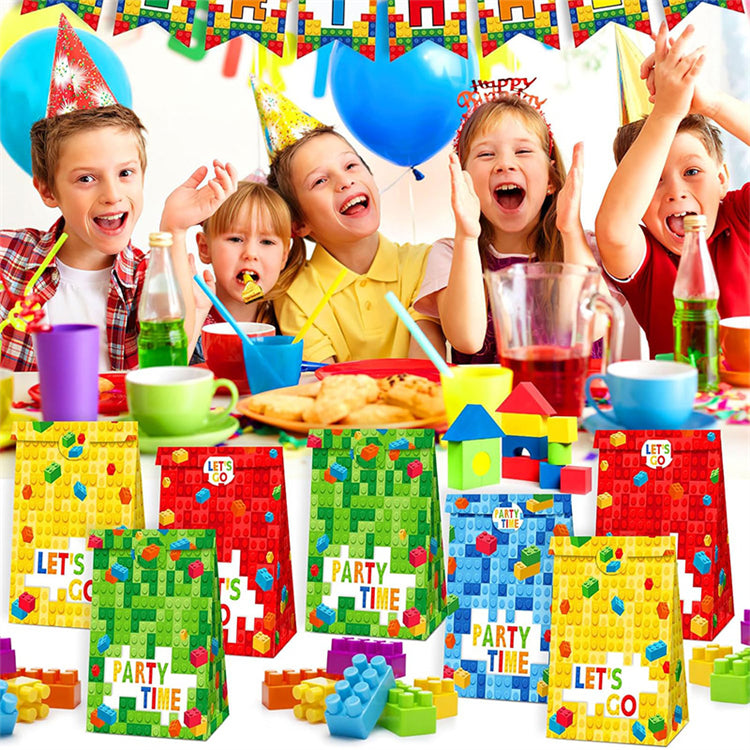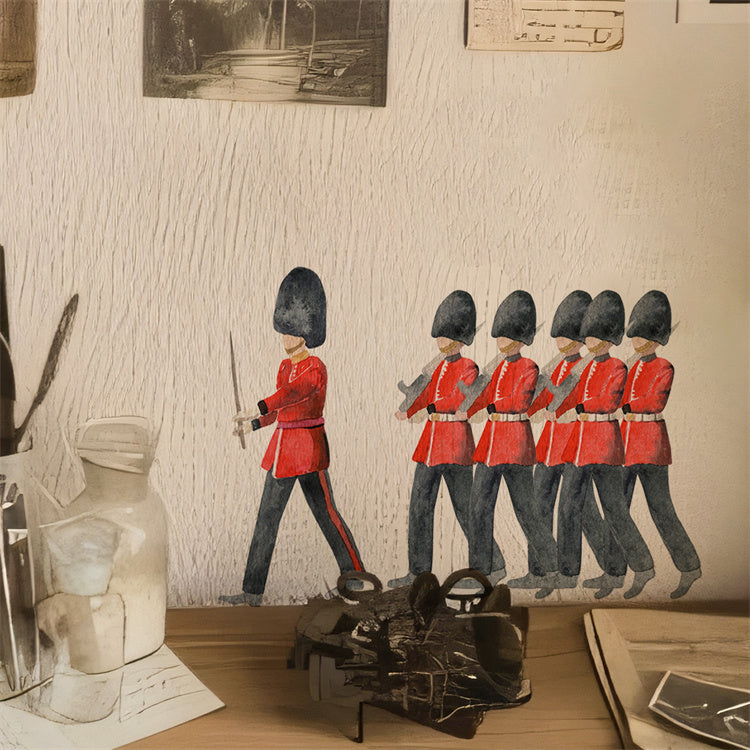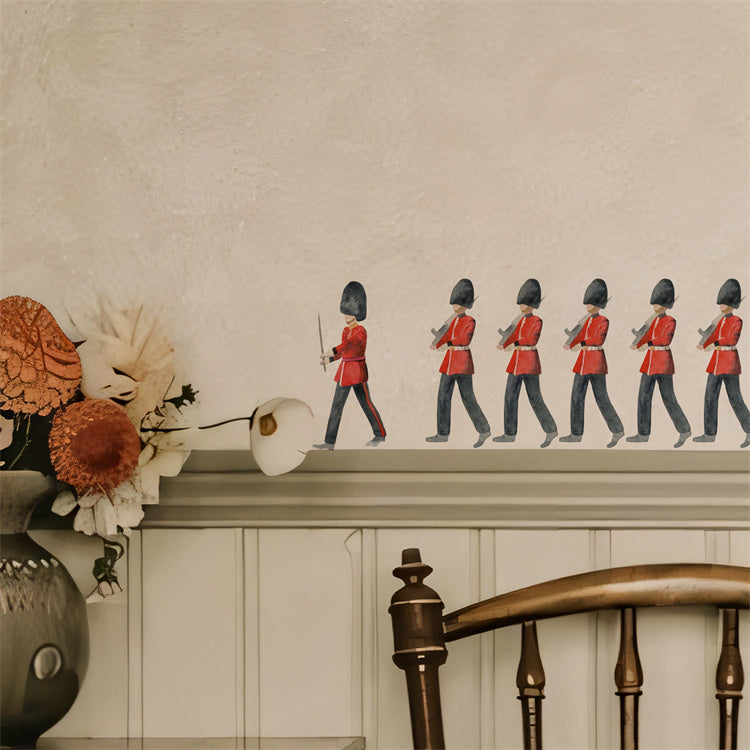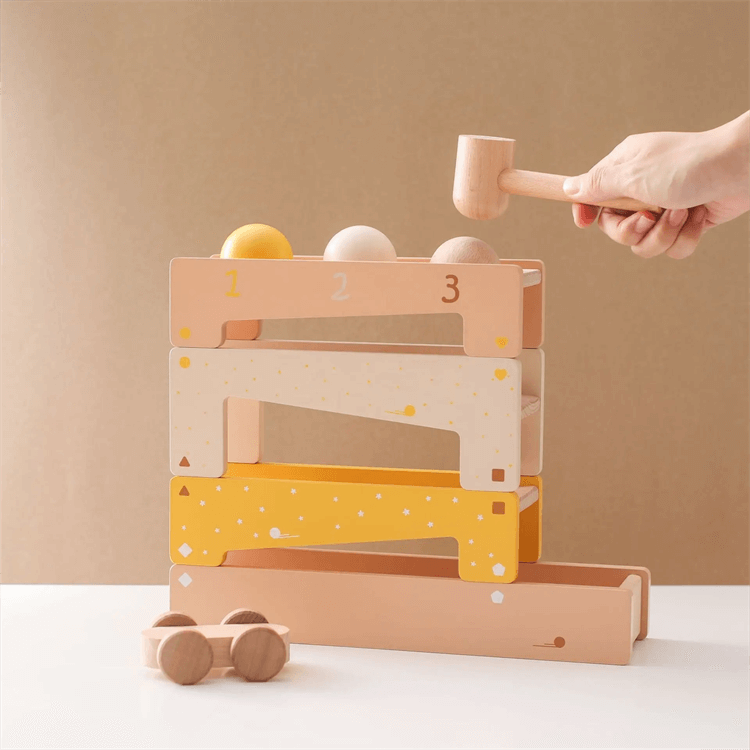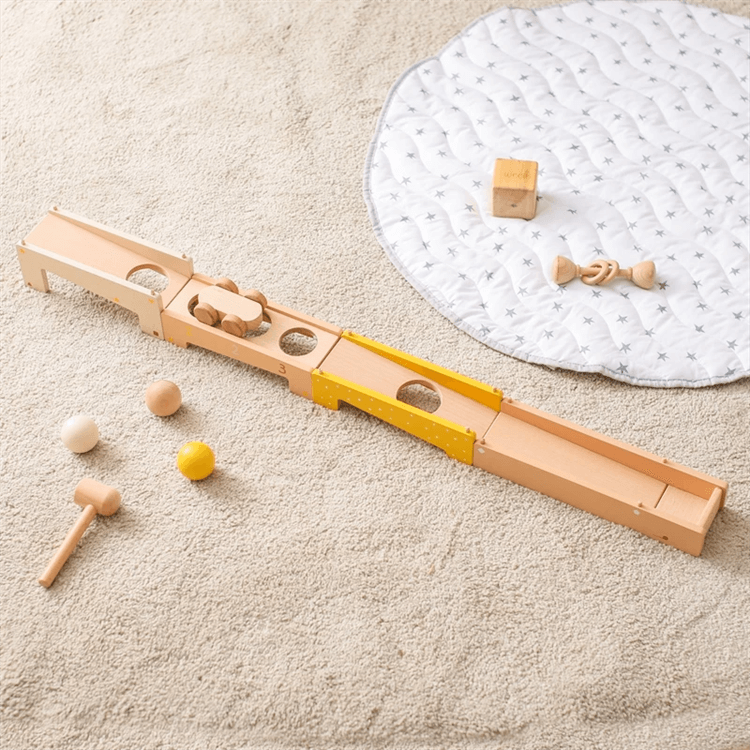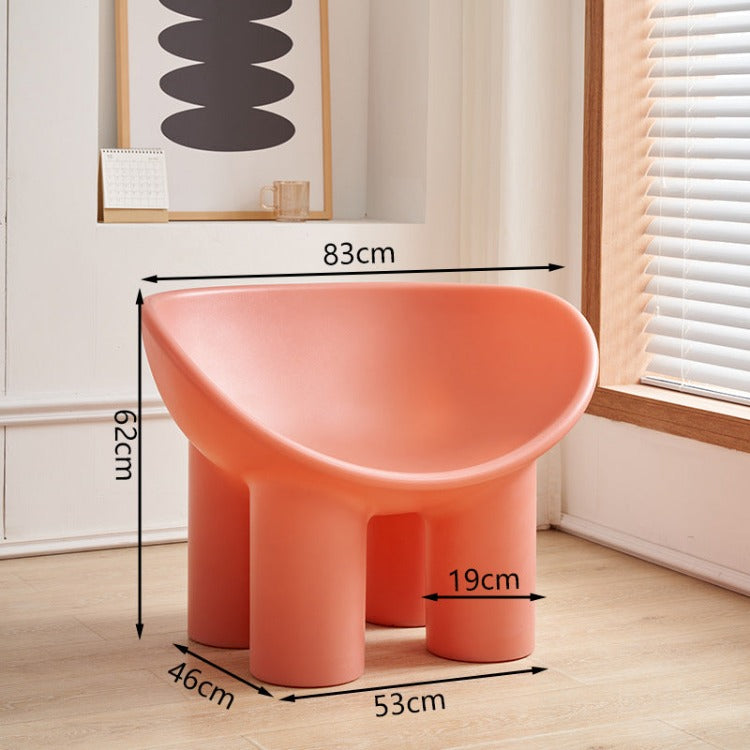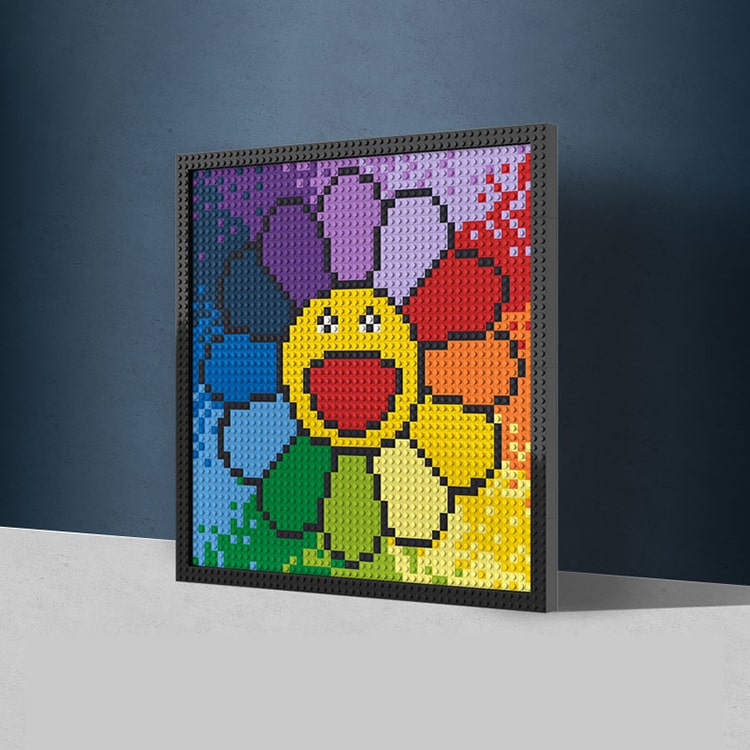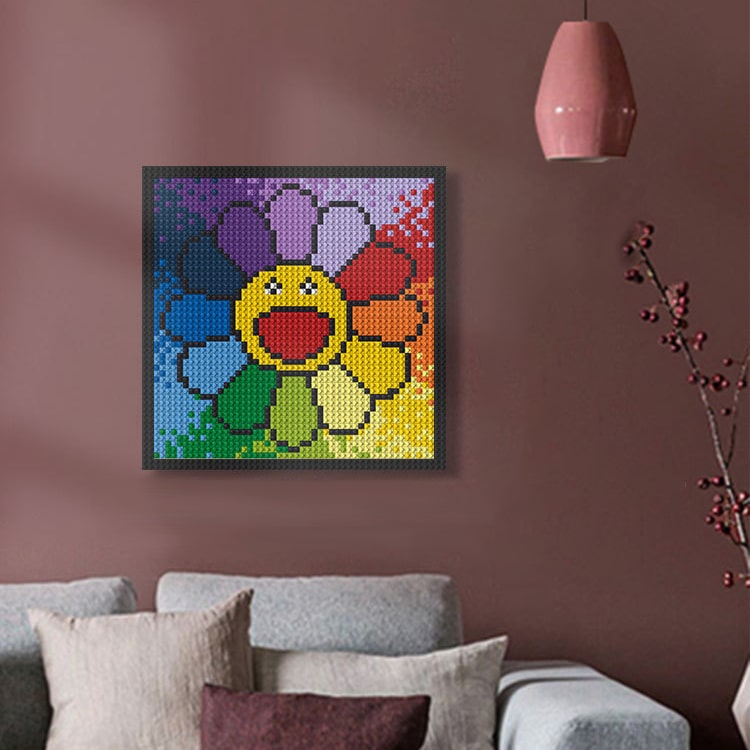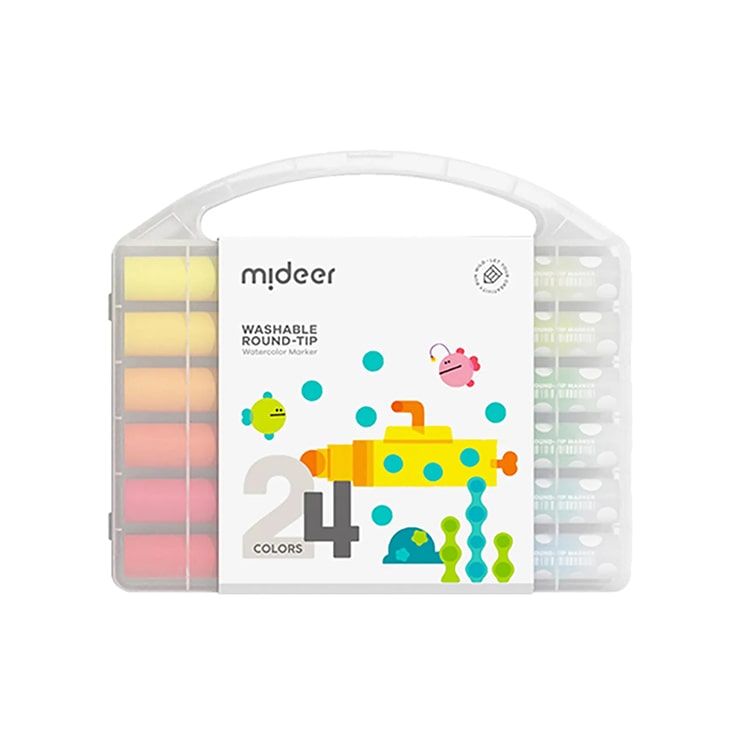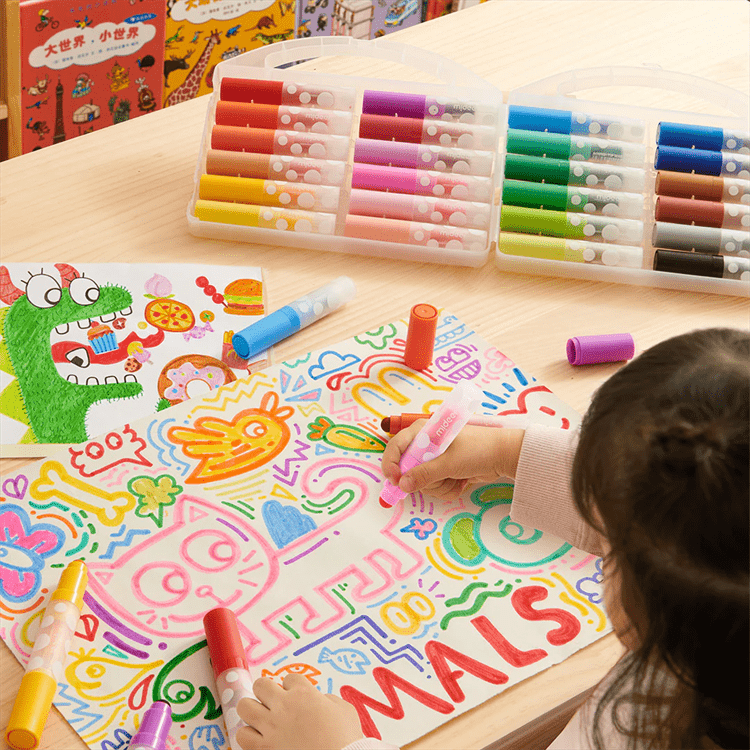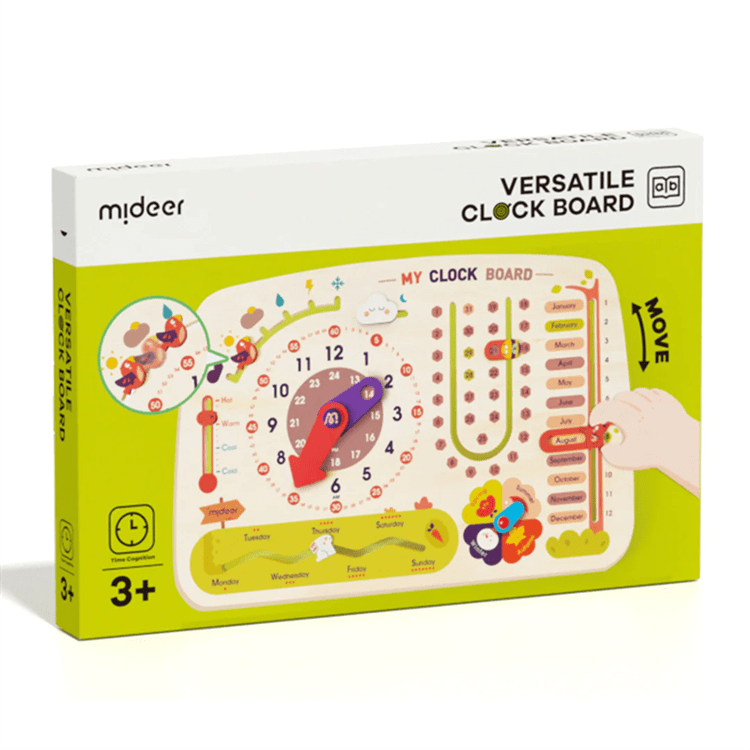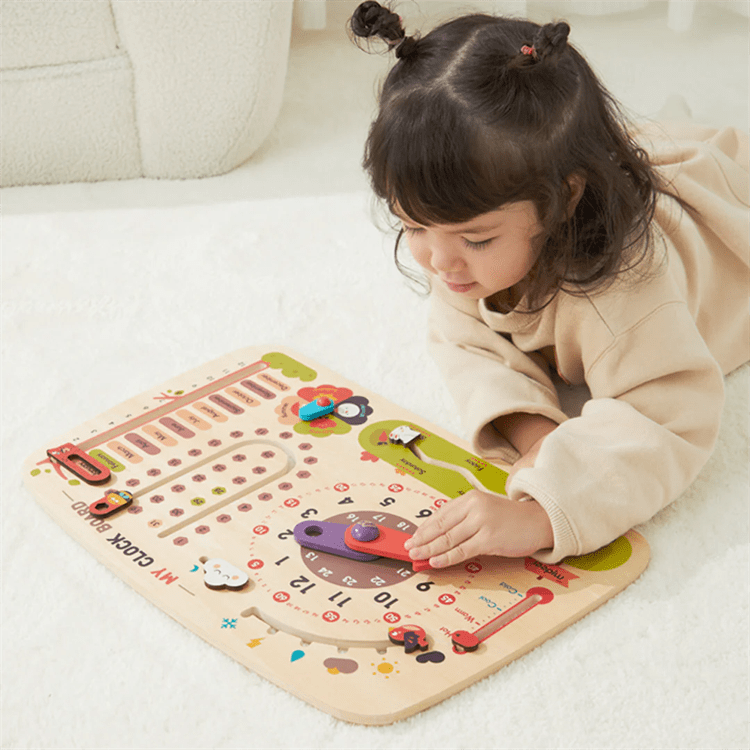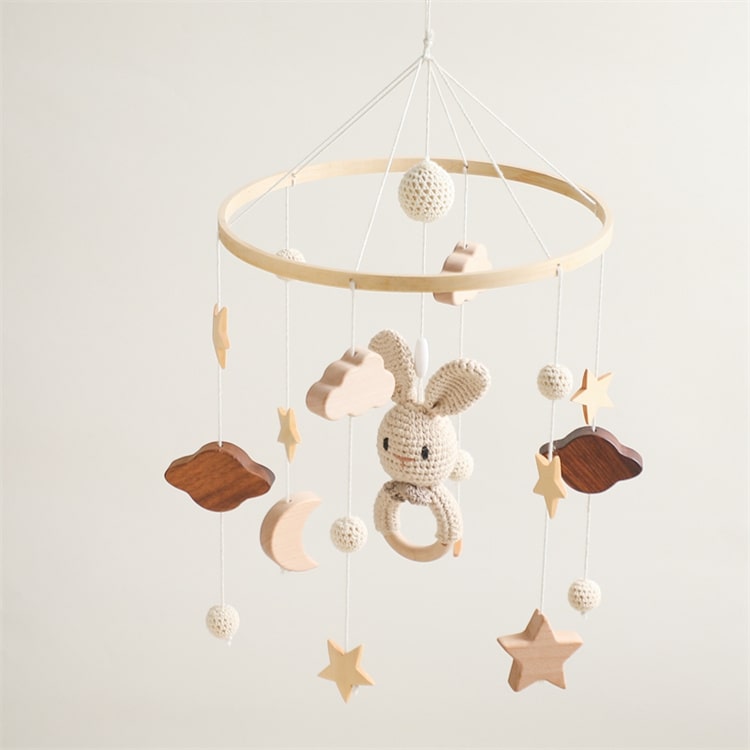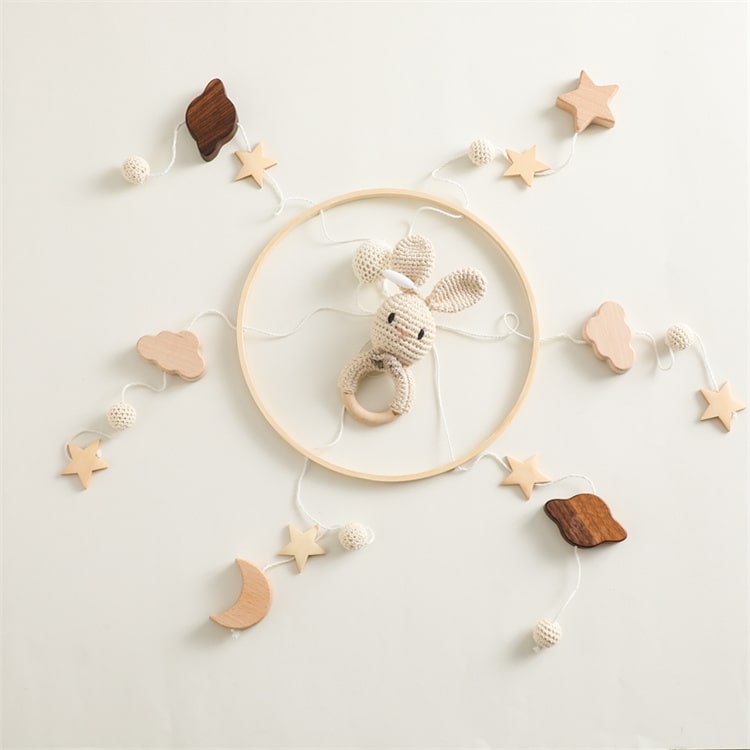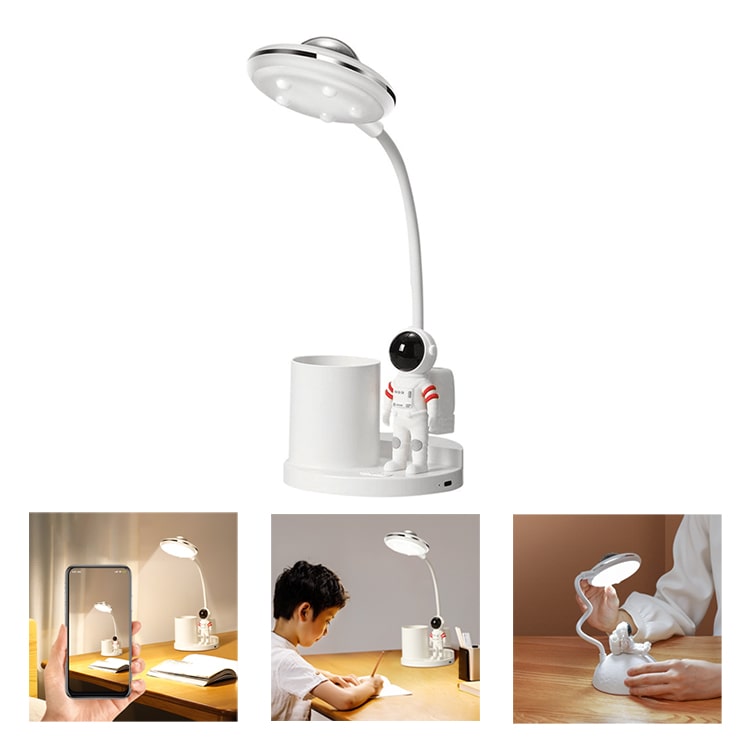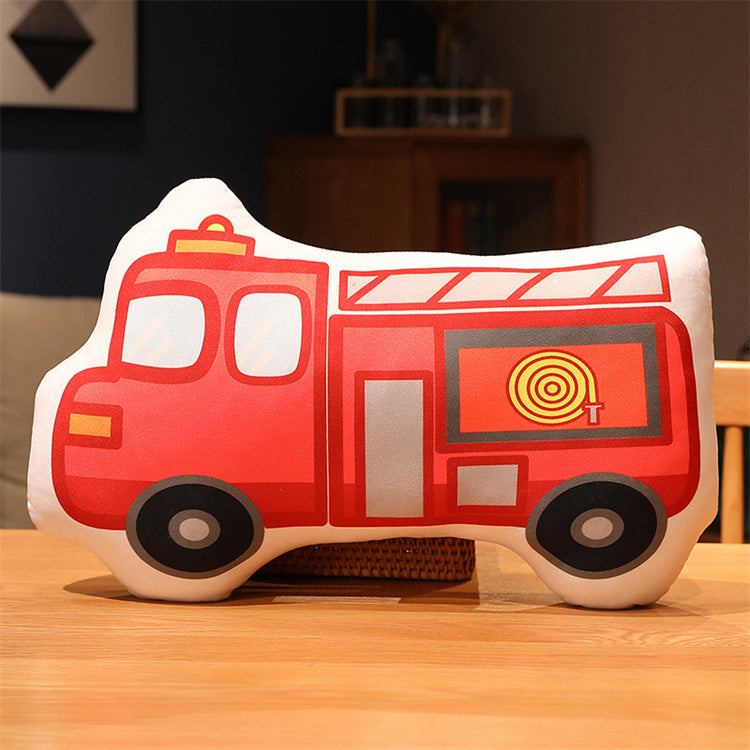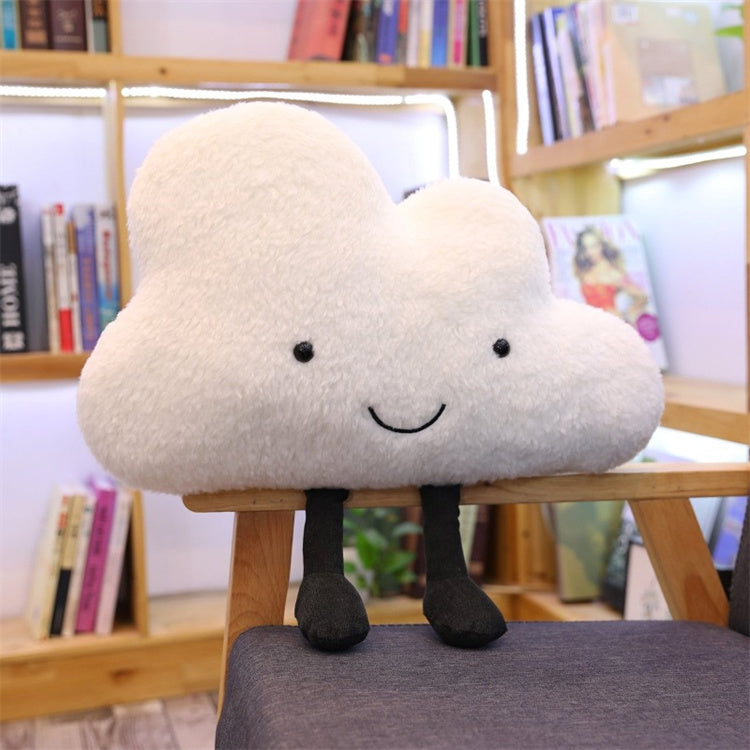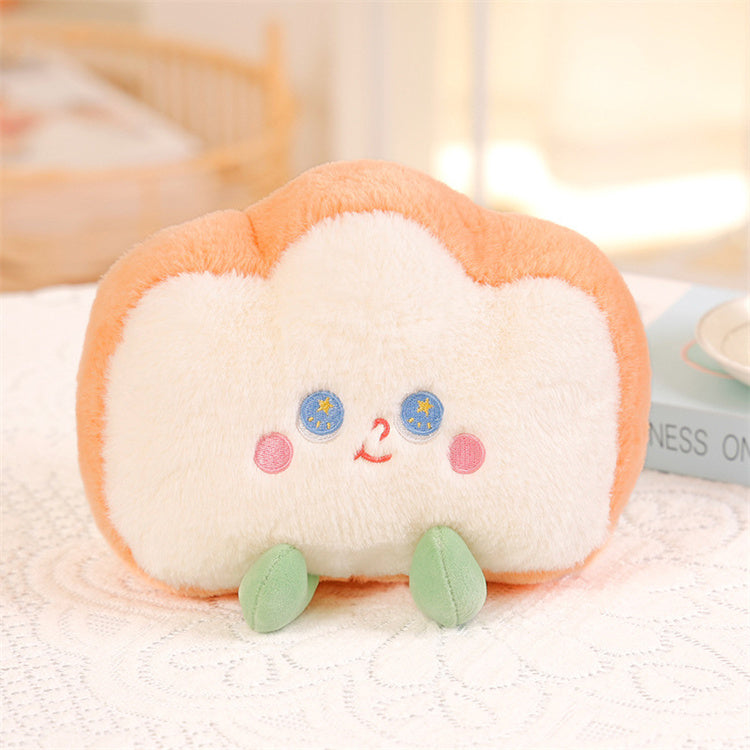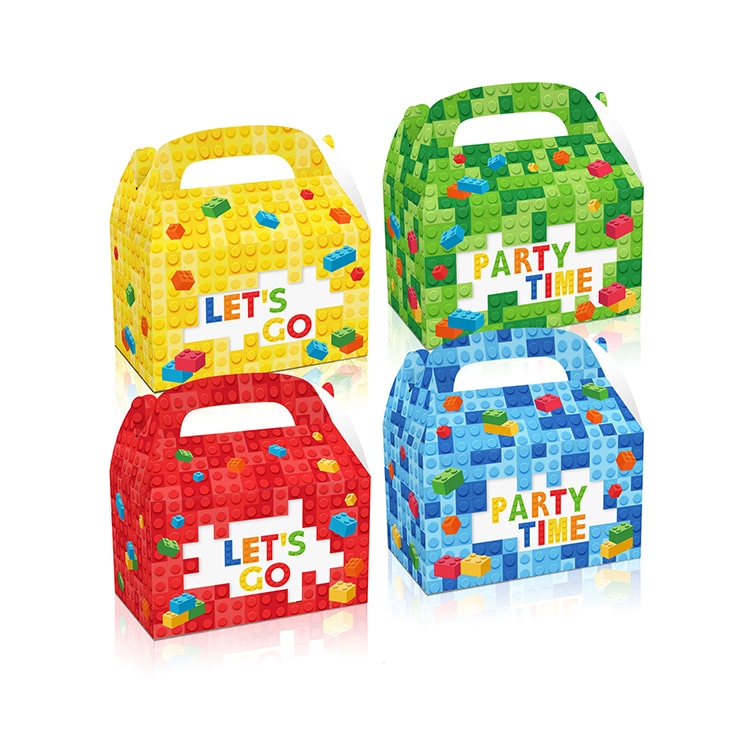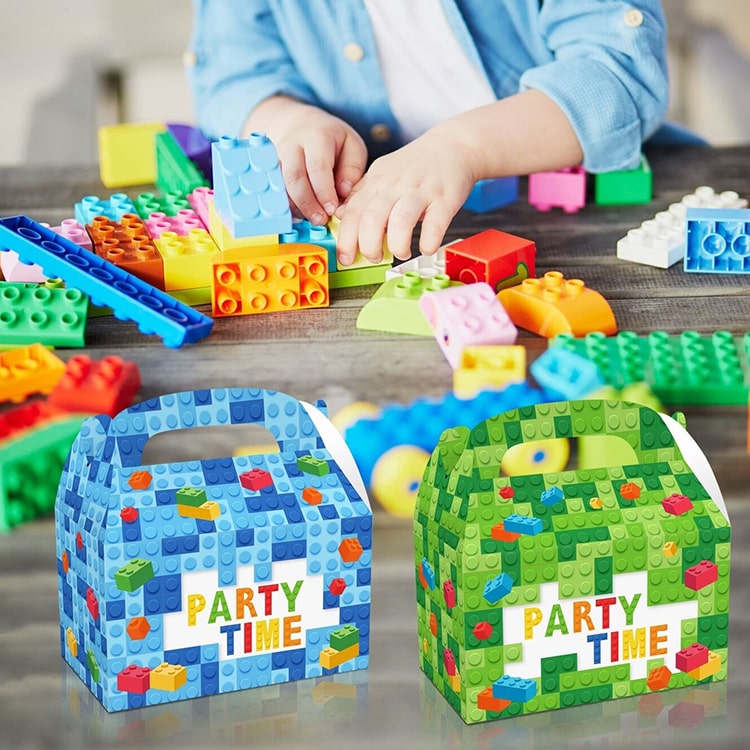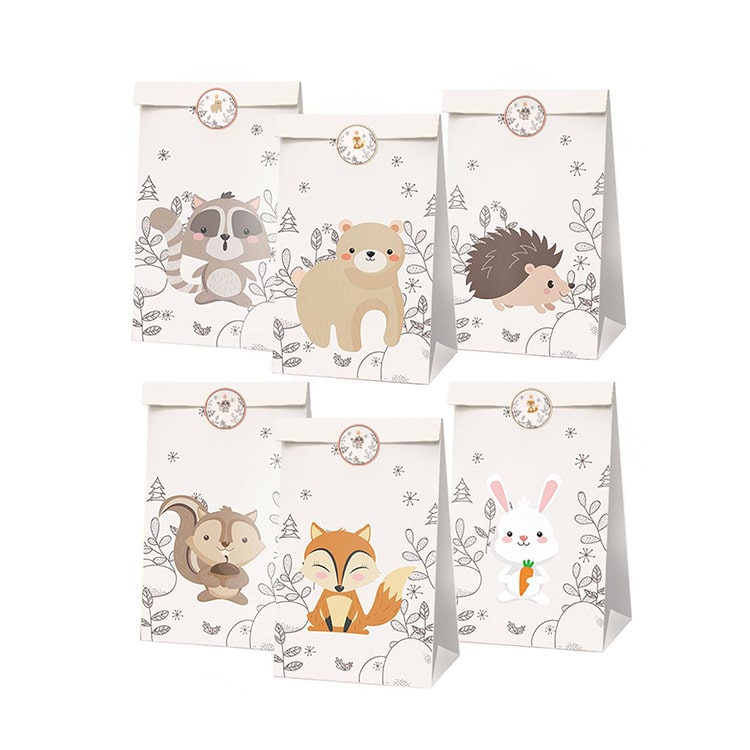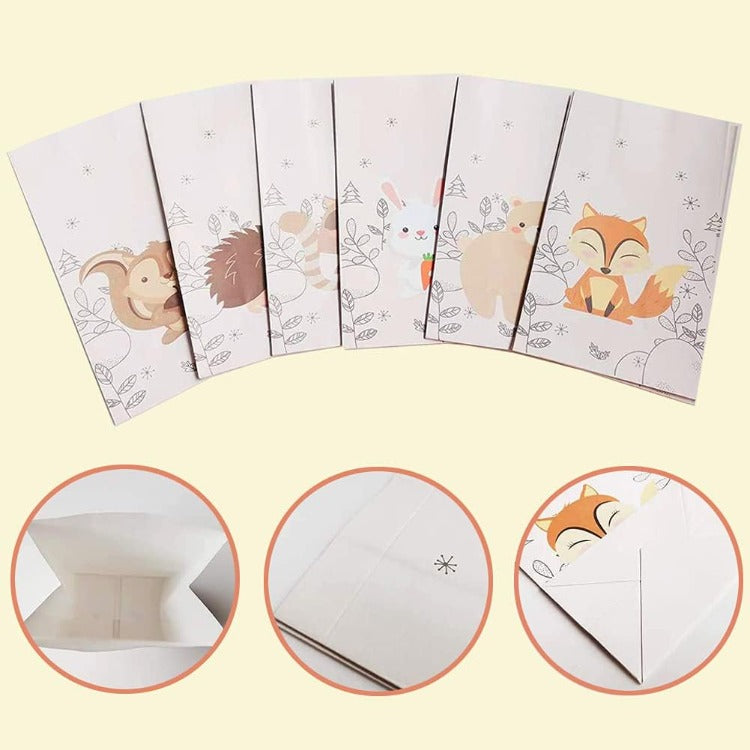
Every individual has a specific way in which they give and receive love. The concept of love languages was introduced by Dr Gary Chapman. He states that people express and receive love in five ways. The same goes for children. Each child is different and may express love in the complete opposite way when compared to their siblings and even their parents.
Chapman states that every person has a primary love language that best communicates love best.
The Five Love Languages
1. Acts of Service- This love language is for those who believe that actions speak louder than words. This can be expressed in small acts performed by a parent to assist their child. Or freely helping them in such a way that they feel like they can rely on you. Essentially these are acts of service they view as valuable.
2. Affirming words- One of the more common love languages, words of affirmation are kind, supportive words that reassure your child. Your child values verbal acknowledgements such as words of endearment, affection, and praise.
3. Gifts- Do not confuse this with spoiling your kids. This love language is merely tokens of your love that let you child know that they are important to you. These gifts act as visual symbols of love. The key is gifting them something they will like or that aligns with an interest of theirs.
4. Quality time- If quality time is your child’s love language, they feel most loved and adored when they spend uninterrupted one-on-one time with you. They will enjoy the time spent together, doing something they like doing.
5. Physical Touch- Children with physical touch as their love language feel loved when receive physical signs of affection. This includes hugs, kisses, hand holding and cuddles. A loving touch creates a sense of safety and belonging for them.
How to determine your child’s primary love language at different ages
Depending on their age, the simplest way to find out your child’s love language is by asking them, “How do you know that you are loved?”
During their early years, babies and toddlers do not yet have a primary love language and need to be shown different forms of love frequently and directly.
As stated before, determining your child’s primary love language will depend on their age. Between the ages of 5 and 8 they may not have the means to accurately verbalize what it is. Therefore, you will have to do some digging. Take some time to try each love language and gauge which one receives the best reaction.
Asking them how they know there are loved can offer a significant amount of information. Their response is usually a clue as to what love means and looks like to them.
The importance of learning your child’s love language
Speaking your child’s love language may come naturally if you share the same one. This gives you as a parent the perfect opportunity to learn alongside your child. Learn more about your shared love language and come up with creative ways in which to express yourselves.
If you happen to have a different love language, then learning a new one will assist in bonding with your child in a way they will understand.


